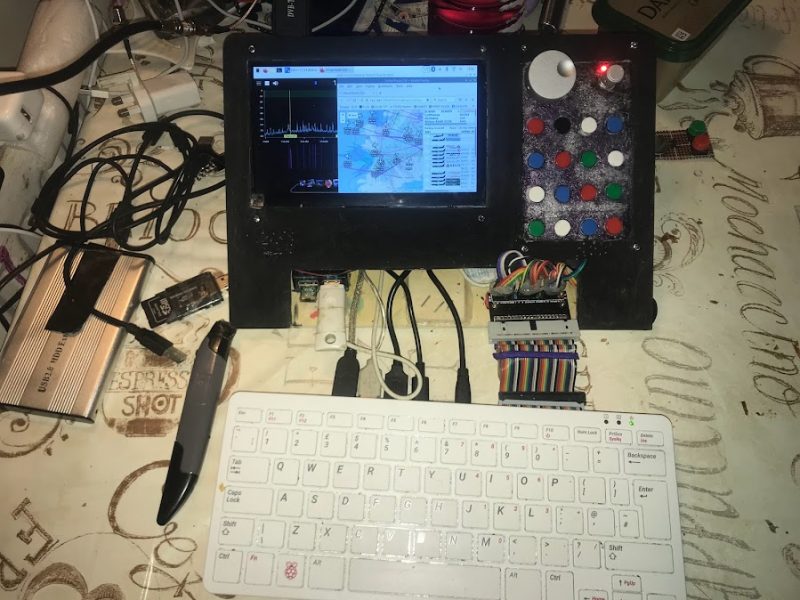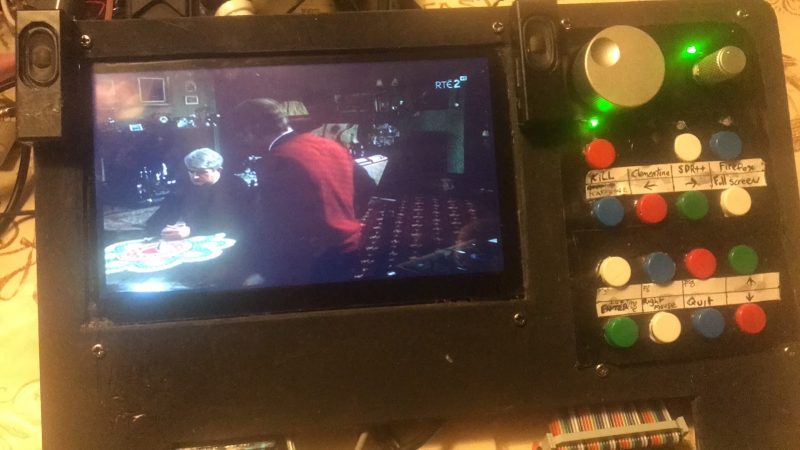History:
This project stems from a long time ago when I used to try and listen to radio frequencies that go beyond normal radio. It really peaked my interest when I had a Walkie-Talkie that for some reason could pick up a taxi rank when I twiddled around with a few components inside. After that I ventured into the world of Citizens Broadcast Radio CB, which is also where this website gets its name, My handle back then was CROW (Charlie Romeo Oscar Whiskey), the Steve part should be obvious as it is my name, and the 74 part is the year I was born. put them all together and you have my internet persona.
All Things Pi:
As with a few other Projects I have done, they require SDR dongles, like the weather and ADS-B projects, and while working on them I was able to use the SDR (Software Defined Radio) in my PC and scan the airwaves, even though I wasn’t able to pick up much it definitely sparked the idea for this project.
The Beginning:
I knew I needed something with a bit more power than the Raspberry Pi 3B+ that i was using for other projects, so that took me on a search for a Pi 4, however with a massive shortage on the it was proving very hard to buy one at a normal price, rather than paying more than double the price I found an electronics specialist store (in Germany) that was stocked up with Pi 400’s. and with a bit of research into them I figured that they would be not only suitable but better for me to use in the long run.
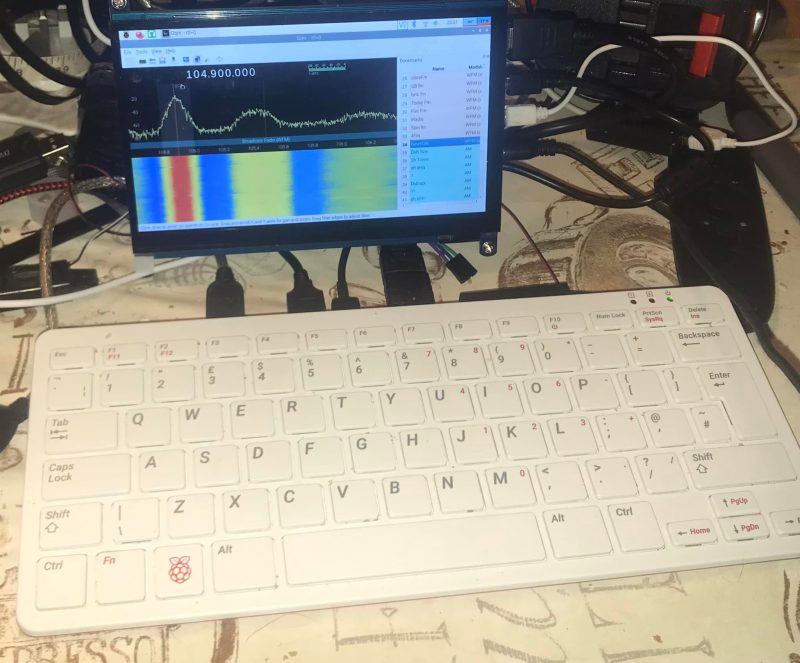
Bits and Bobs:
So with the Pi400 it was time to get things started. The handy part is that someone already pre-configured the operating system to include tons of software for radio scanning, PiSDR saved me quite a bit of work.
I got a 7″ touch screen to use with the Pi400 but controlling software for radio scanning was proving to be awkward.
With that I set about to build a small control panel with 4 buttons, Volume control and scrolling control using rotary encoders.
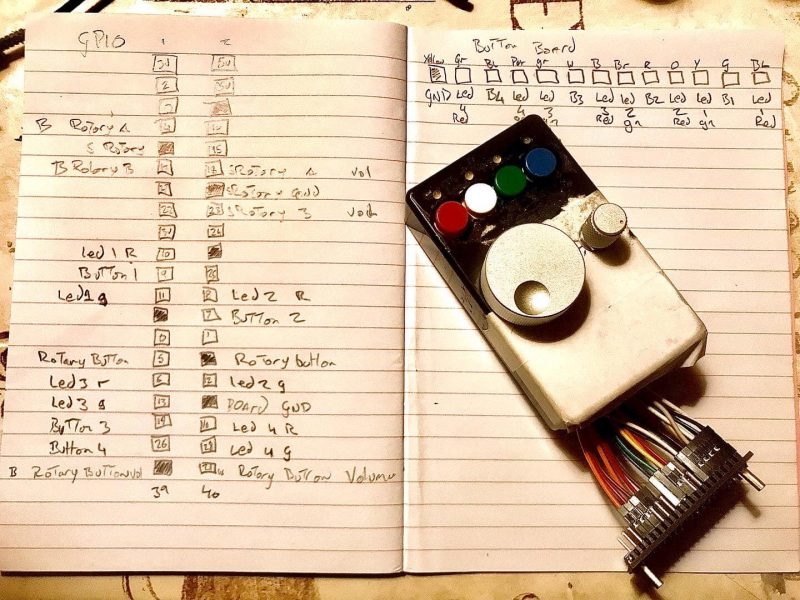
With that built I shared with the wider Facebook community my project idea, and with that someone suggested using a matrix configuration for the buttons to get 16 buttons and still using the same amount of wiring.
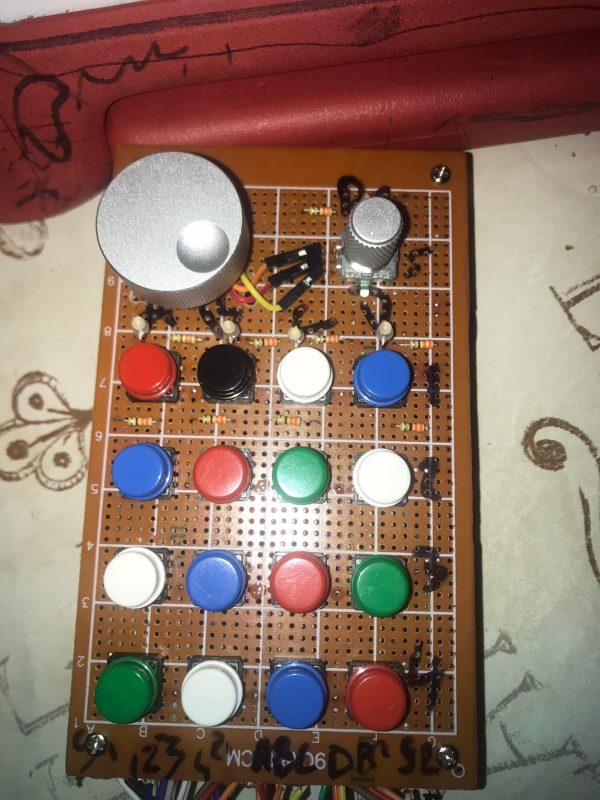
the hardest part was writing the code, well for me anyways. I was able to source some code from various sources for volume control and scrolling function for the rotary encoders, but even they needed editing to suit my needs better. It took a few days of searching to find what I needed to code the buttons, and even then quite a lot of it was trial and error, but I finally managed to start piecing it all together and get a working code for all the buttons.
that code can now be found here at My GitHub.
After that was just to put it all together with dual Led’s and resistors on a board and wire it all up more permanently.
